Two unique and special cities, two marvelous jewels that represent the heart of Italian history, art, and culture in the world. Florence and Rome, with their timeless charm, are unmissable destinations for anyone wishing to immerse themselves in a journey through centuries of beauty and tradition.
From the cradle of the Renaissance to the Eternal City, let's travel to discover priceless treasures, among museums, iconic monuments, lively squares, and romantic corners, admiring the masterpieces of artists who left their immortal legacy in these cities.
How many days in Florence and Rome are needed to find out their most authentic essence? Making the most of our time is essential to truly appreciate the unique character of both cities. So let’s explore the most useful tips for building a well-balanced itinerary and enjoying an unforgettable experience.
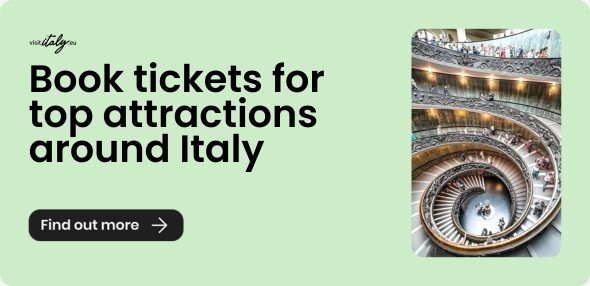
How many days in Florence: discovering the cradle of the Renaissance

Florence is truly an open-air museum. As the cradle of the Italian Renaissance, it captivates visitors with its artistic treasures and the extraordinary elegance of its old town.
Among the must-see landmarks are the majestic Cathedral of Santa Maria del Fiore, with Brunelleschi’s famous dome, the scenic Piazza della Signoria, and the iconic Ponte Vecchio, lined with goldsmith shops and offering breathtaking views over the Arno River, which leads to Oltrarno and the majestic Palazzo Pitti.
Art lovers cannot miss visiting two must-see museums in Florence: the Uffizi Gallery, home to masterpieces by Botticelli, Michelangelo, and Leonardo, and the Accademia Gallery, where Michelangelo’s renowned David is on display.
To fully experience the Florence itinerary —with its art, culture, and romantic views—it’s recommended to spend at least 2 or 3 days in the city. That’s enough time to enjoy the main attractions at a relaxed pace, take a break in one of its historic cafés, and explore some of the quieter, hidden corners of this enchanting city.
Buy tickets for the Uffizi GalleryHow many days in Rome: the unique attractions of the Eternal City

It’s almost unnecessary to emphasize just how rich Rome is in historical and artistic treasures of inestimable value — one could spend weeks exploring the city and still not uncover all its secrets.
Three or four days are a good compromise to discover the essence of its most iconic sights: from the extraordinary monuments of the Eternal City's ancient history, such as the Colosseum, the Roman Forum, and the Pantheon, to the unparalleled art found in Vatican City, with St. Peter’s Basilica, the Vatican Museums, and Michelangelo’s breathtaking Sistine Chapel.
Let’s not forget to admire the city’s stunning squares, including Piazza di Spagna and Piazza Navona, and to take in the refined charm of the beautiful Trevi Fountain.
If we have the chance to spend an extra day in Rome, beyond visiting museums and monuments, we can enjoy some relaxing time in the greenery of Villa Borghese and spend our evenings immersed in the authentic soul of the picturesque streets of Trastevere.
Visiting Rome means experiencing the city with all our senses, letting yourself be won over by its unique style and timeless charm.
Visit Rome with the benefits of the Rome PassThe ideal Florence itinerary: how o explore the city in 2 or 3 days
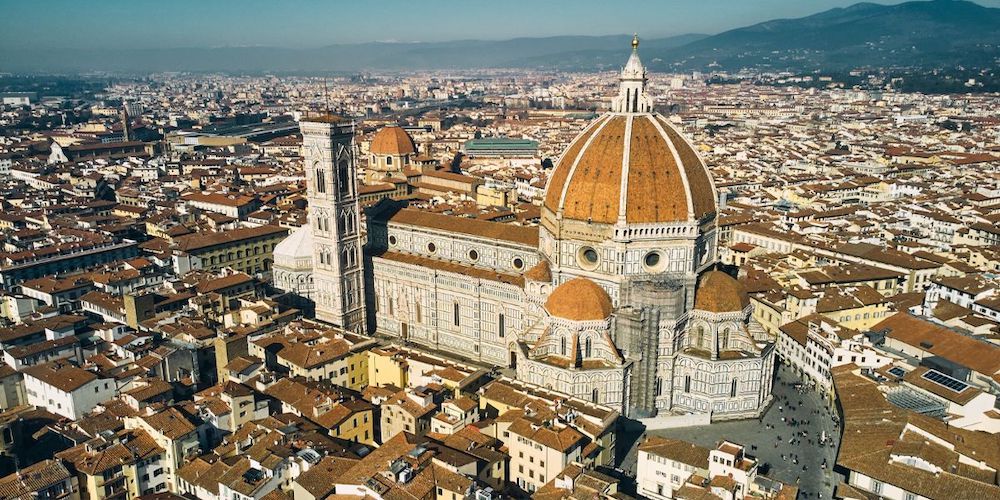
By following a well-structured and thoughtful Florence itinerary, two or three days can be enough to discover its authentic soul. We begin in the heart of the city, in Piazza del Duomo, where—besides the Cathedral of Santa Maria del Fiore—three iconic landmarks of the Renaissance rise proudly:
- the magnificent Brunelleschi Dome;
- the majestic Giotto’s Bell Tower;
- the elegant Baptistery of San Giovanni;
Set aside at least half a day to explore these extraordinary sites. Then, in the afternoon, let’s stroll through the old town along Via dei Calzaiuoli, arriving at Piazza della Signoria and the world-renowned Uffizi Gallery, where masterpieces by Botticelli, Leonardo, and Caravaggio await. Booking in advance is recommended to skip the lines.
The second day of our Florence itinerary begins with another must-see, the Galleria dell’Accademia, home to Michelangelo’s breathtaking David. From there, we head to the banks of the Arno River, crossing the enchanting Ponte Vecchio to enter the Oltrarno district. Here, we can get lost among authentic artisan workshops, enjoy a break in a café, and visit Palazzo Pitti, once the residence of the Medici family.
With a third day, we can take time to relax in the lush Boboli Gardens, a blend of nature, art, and sweeping views over Florence. And if we still have time and energy to explore, let’s head up to Fiesole—a hillside village just a few kilometers from the city center—perfect for admiring Florence from above in a peaceful setting.
A few practical tips? The best time to visit Florence is spring or autumn: mild temperatures, beautiful colors, and fewer crowds. Comfortable shoes, online reservations, and a bit of flexibility will make all the difference in experiencing this unforgettable city.
Explore the Cathedral and attractions of Piazza del DuomoDiscovering Rome: the perfect itinerary in 3-5 days
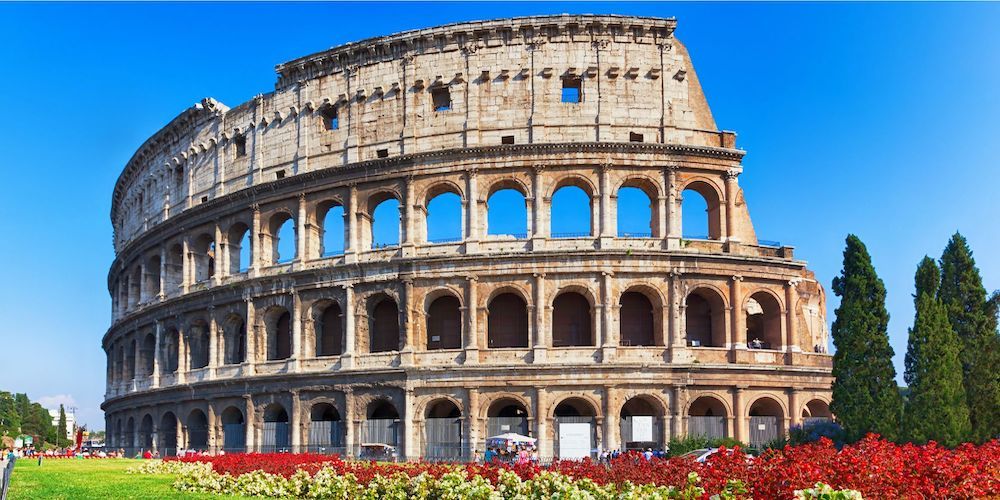
Let’s begin our Rome itinerary with a stop that lets us grasp the grandeur of ancient imperial Rome: we start at the Colosseum, the symbol of the city, and continue with the Roman Forum, a labyrinth of ruins that tell us about daily life in the past, and the Palatine Hill, where the imperial palaces once stood.
We use a full day to visit these iconic sites, each of which tells a fundamental part of Rome's history.
The second day is dedicated to Christian Rome: arriving in St. Peter's Square, we're greeted by the majesty of the Basilica, with its dome towering over the horizon. Then, we visit the masterpieces of the Vatican Museums, where we'll be enchanted by Raphael's Rooms and the magnificent frescoes of the Sistine Chapel. We end the day with a visit to Castel Sant'Angelo, an ancient imperial residence and now a fascinating museum.
The third day in Rome begins in the enchanting Piazza di Spagna, then continues into the beating heart of the city, where we can admire:
- Via dei Condotti and Via del Corso, famous shopping streets;
- the Trevi Fountain;
- Piazza della Rotonda and the Pantheon.
We arrive now in Piazza Navona, famous for its lively atmosphere of street artists and outdoor cafés. In the late afternoon, we can immerse ourselves in Trastevere, one of the most characteristic neighborhood, to enjoy an aperitif or dinner in one of the many typical trattorias.
If we have a fourth or fifth day available, we can choose an excursion to Ostia Antica, Rome's ancient port, for a dive into history among well-preserved ruins; or to Tivoli, to visit the extraordinary Villa d'Este and Hadrian's Villa. Let's not forget to spend a few hours at Villa Borghese, Rome's green lung, ideal for a relaxing walk among manicured gardens, ponds, and fountains.
As with Florence, the best times to visit Rome are spring and autumn: with milder temperatures and a less crowded city, we can explore the capital more peacefully.
Visit the iconic ColosseumHow to travel between Florence and Rome?
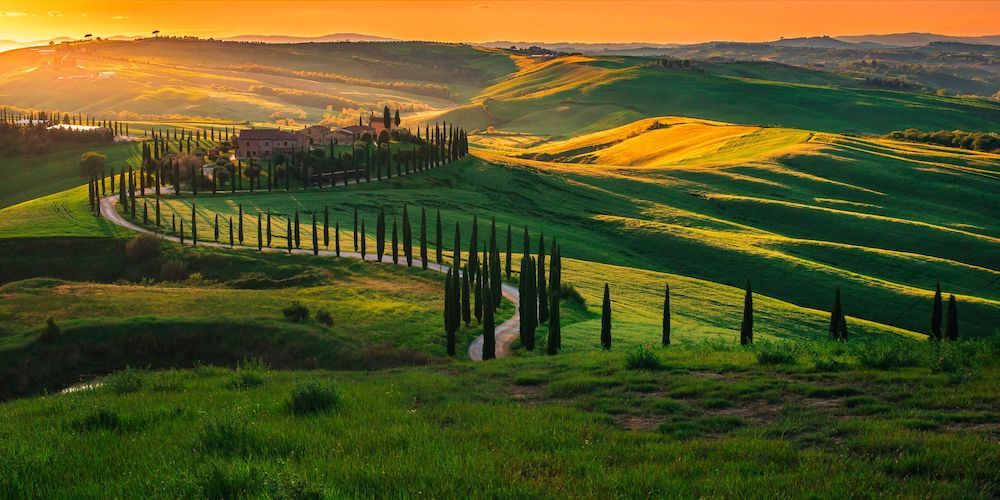
One of the most practical aspects to keep in mind when considering how to plan a trip to Italy is deciding the best way to travel between major cities —in our case, of course, between Florence and Rome.
Fortunately, the connection is simple and extremely convenient, especially thanks to the high-speed rail network. The Frecciarossa train links the two cities in about 1 hour and 30 minutes, with frequent departures throughout the day. It’s an ideal option for those who want to arrive directly in the heart of the historic center without worrying about traffic or parking.
For those who prefer more freedom and want to enjoy the scenery, driving is also an option. The route crosses the Tuscan countryside, offering the opportunity to admire unique landscapes such as the Val d’Orcia and the Crete Senesi, with their rolling hills, cypress-lined roads, and charming medieval villages. However, keep in mind that both Florence and Rome have extensive Limited Traffic Zones, and parking can be a real challenge.
Finally, flying between the two cities is not recommended, as the distance is too short to make a flight worthwhile. Considering airport procedures, boarding times, and transfers to and from the city centers, the train remains by far the most efficient and relaxing way to travel between these two icons of Italian tourism.
Smart tips for booking attractions and dining in Florence and Rome
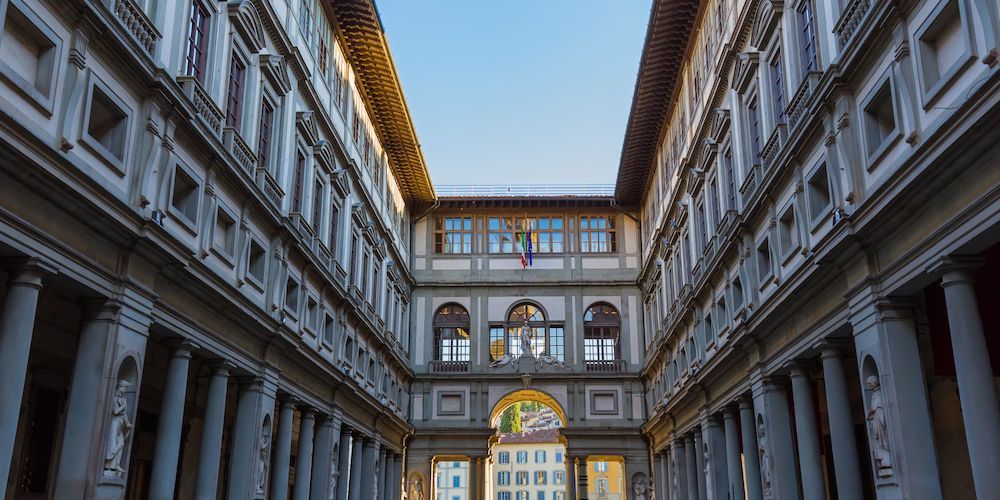
Booking in advance is another great strategy to make our trip to Italy smoother, especially in highly visited cities like Florence and Rome.
For some attractions, online booking is highly recommended to avoid potentially long wait times at the entrance and to select your preferred time slot. Choosing less crowded times – early in the morning or closer to closing time – can make a difference in enjoying the artworks and monuments of these extraordinary cities at a more relaxed pace.
The same museums, such as the Vatican Museums in Rome or the Uffizi Gallery in Florence, strongly suggest purchasing tickets online in advance, especially during peak season.
The same applies to restaurants, particularly those that are well-known or located in the old town: early booking helps avoid long waits and guarantees a table at the most popular spots. Planning these practical aspects in advance not only helps optimize our time but also ensures a more peaceful, enjoyable, and authentic experience.
How many days in Florence and Rome: a journey between attractions and memories to share
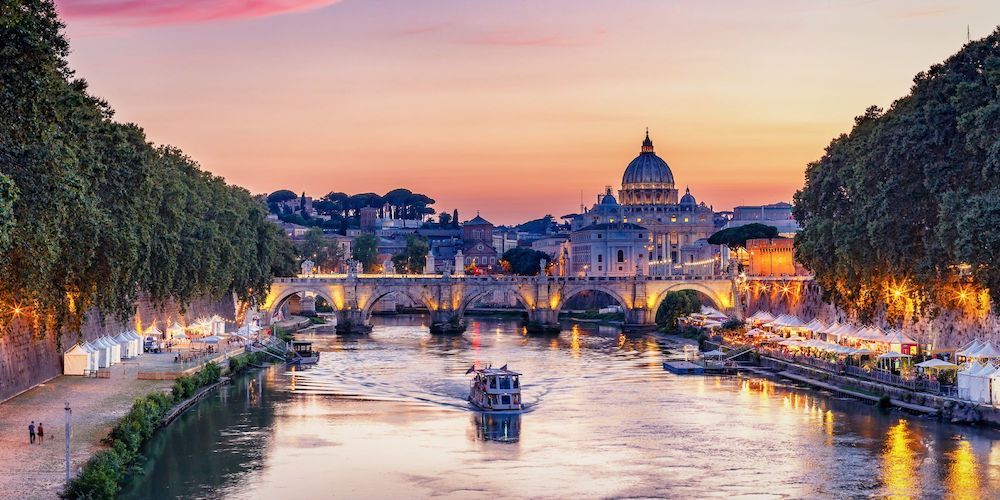
In summary, amidst monuments, art, culture, and enchanting atmospheres, it's easy to understand why Florence and Rome are among the most sought-after destinations in Italy and the world.
As we've seen, to fully experience Florence, a 2-3 day stay is enough to appreciate its main attractions at a leisurely pace. Rome, on the other hand, being a much larger city with a millennium of history behind it, deserves at least 3-5 days to explore both its most iconic landmarks and some of its lesser-known yet equally captivating corners.
For those with limited time, it’s of course possible to focus only on the main attractions in both cities, perhaps limiting oneself to the monuments in the historic center and making quicker visits to the main museums, thus creating a shorter and more compact itinerary, but still rich in unforgettable emotions.
What truly matters is the personal experience each of us can have in these special places: because every journey is unique, and every memory is a piece of history to share together.
About the author
Written on 08/04/2025


Alessandro Savino
How many days in Florence and Rome? Let’s find out the perfect itinerary to experience in just a few days the true spirit of these two magical cities.